| Structure | Name/CAS No. | Articles |
|---|---|---|
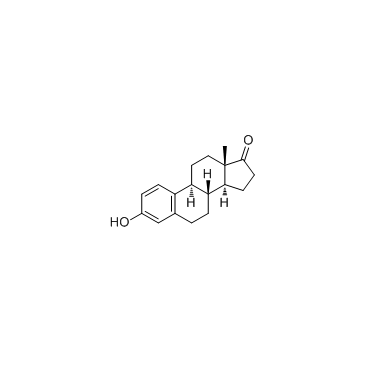 |
Estrone
CAS:53-16-7 |
|
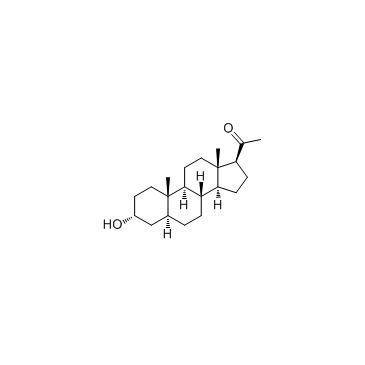 |
5alpha-Pregnan-3alpha-ol-20-one
CAS:516-54-1 |
|
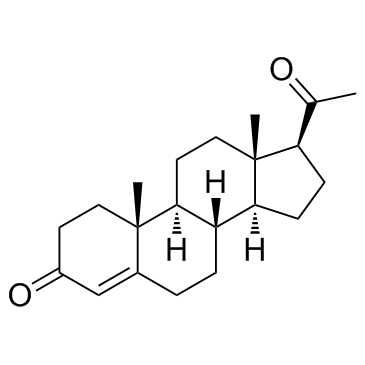 |
Progesterone
CAS:57-83-0 |
|
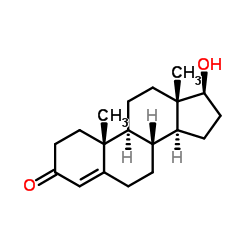 |
Testosterone
CAS:58-22-0 |
|
 |
Mifepristone
CAS:84371-65-3 |
|
 |
TMRM Perchlorate
CAS:115532-50-8 |
|
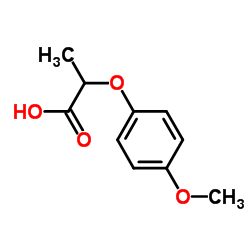 |
2-(4-Methoxyphenoxy)propanoic acid
CAS:13794-15-5 |
|
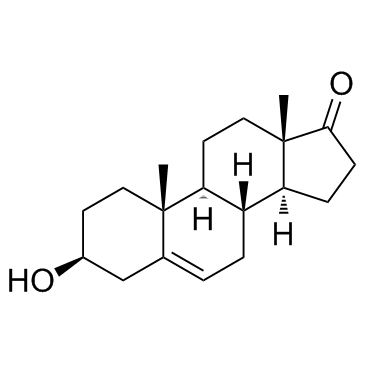 |
Dehydroepiandrosterone
CAS:53-43-0 |
|
 |
2-Hydroxyflutamide
CAS:52806-53-8 |
|
 |
5a-Androstane-3a,17b-diol
CAS:1852-53-5 |